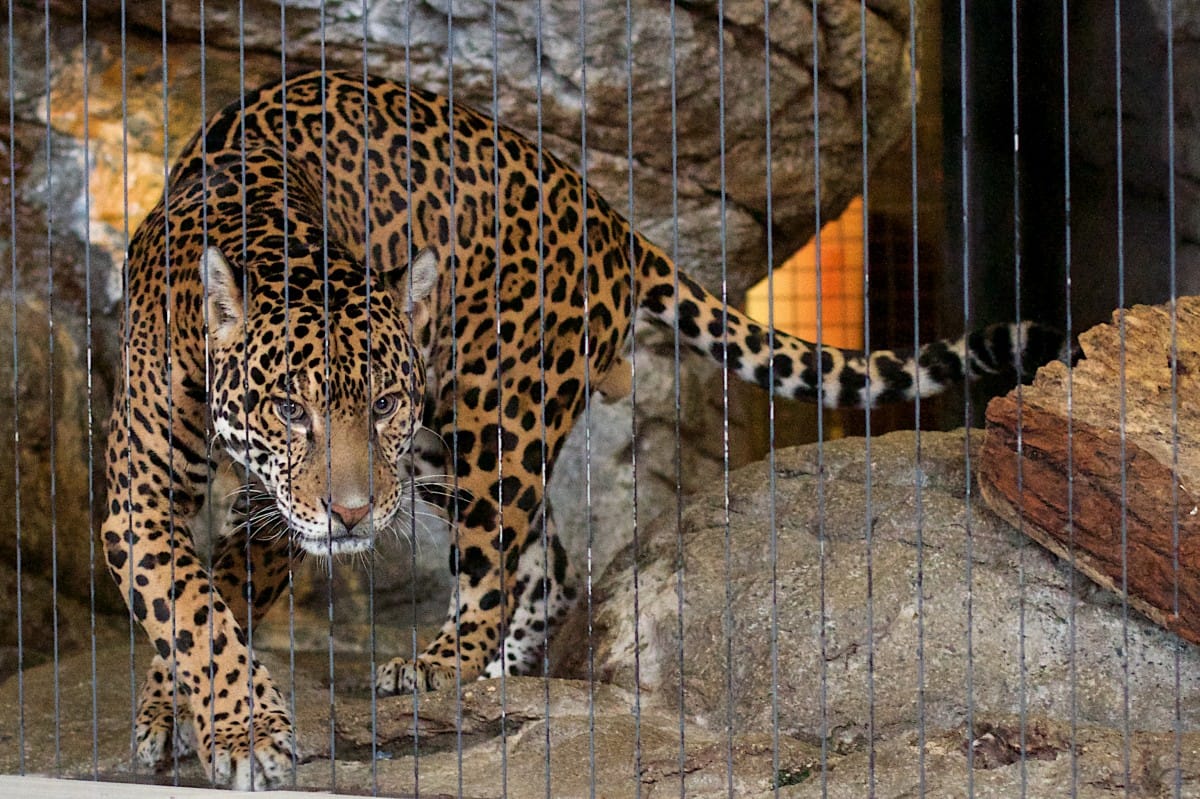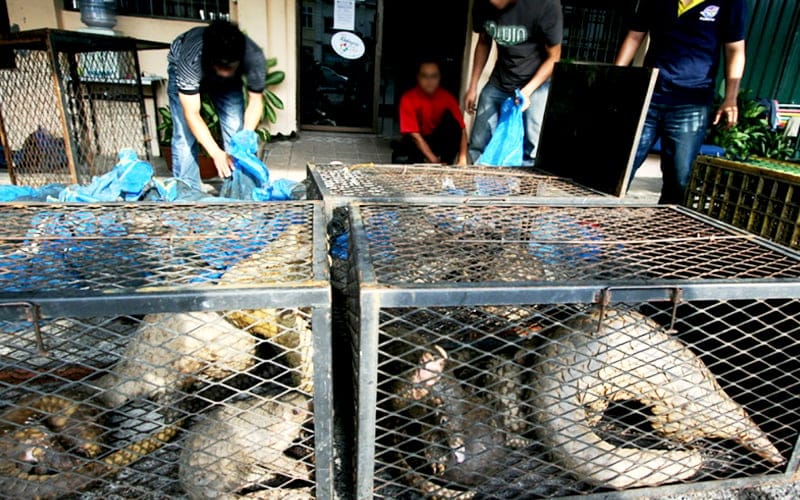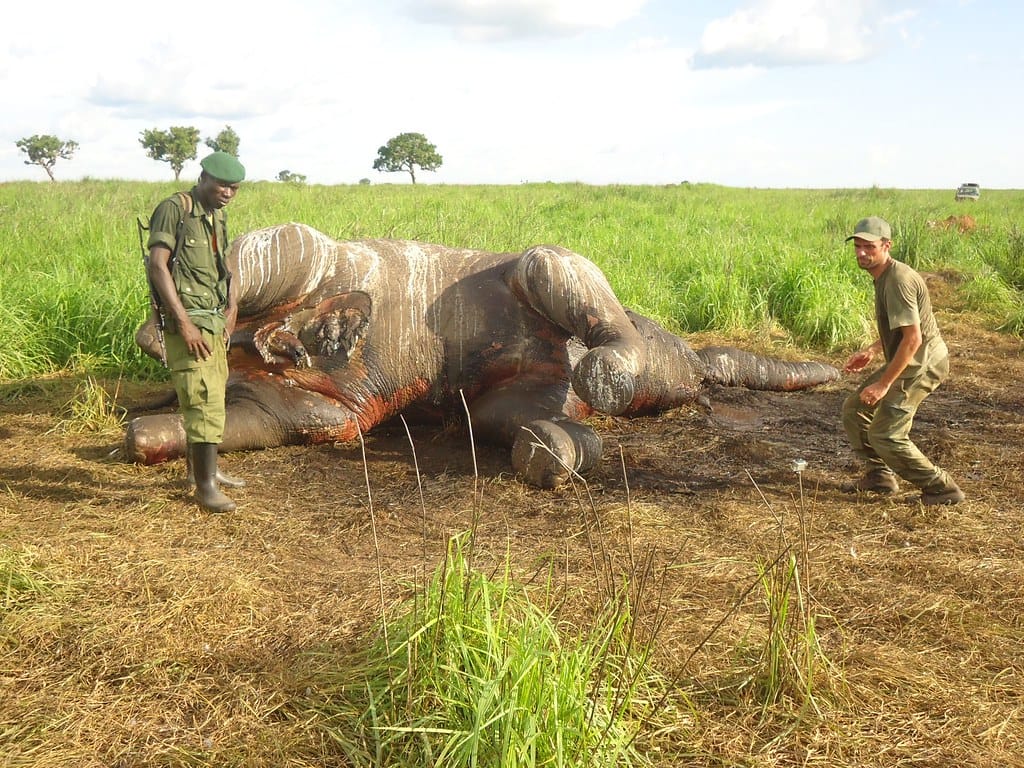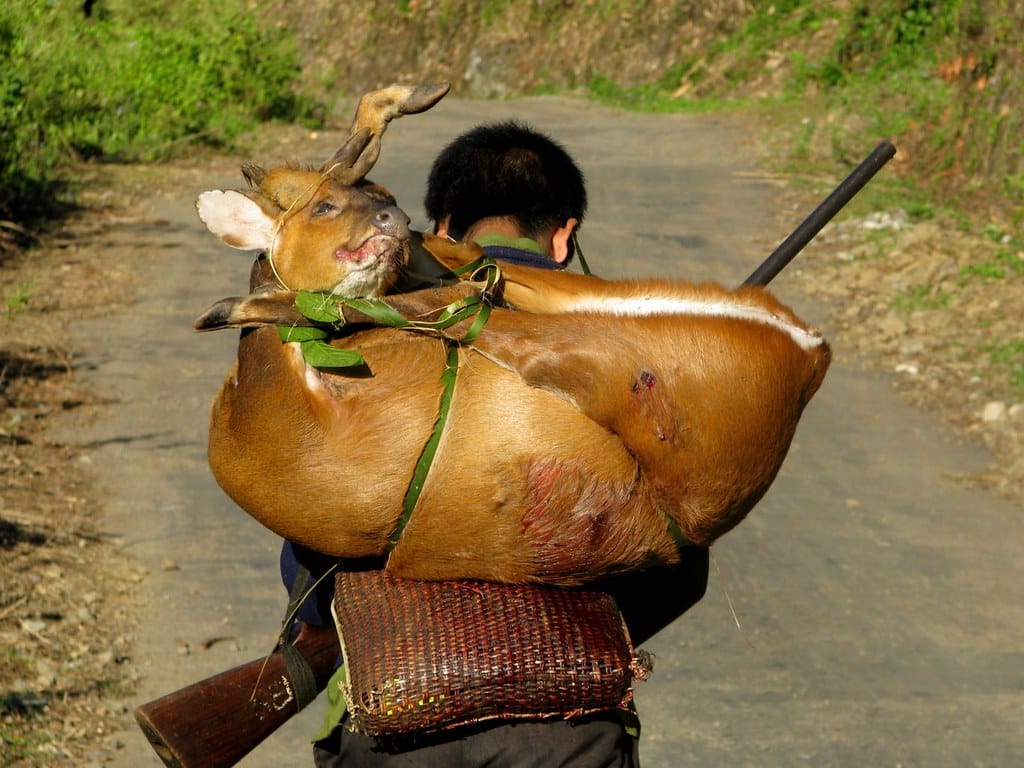20 Surprising Facts About Animal Welfare and Conservation

Animal welfare and conservation work to protect animals from cruelty, the preservation of biodiversity, and the war against human action-based impacts on wildlife. The works of securing endangered species, controlling poaching and pollution, among other protection methods are substantial in representing 20 key facts about the state of animal welfare and conservation in the world today:
1. Captive Big Cats in the US

There are estimates that 10,000 or more big cats are kept captive in the United States alone, more than live in their natural habitat. Most of them are kept in woefully inadequate conditions, partly in institutions confining animals for private ownership or entertainment, and spend their days in cramped, unsuitable space with inadequate care.
2. The Billion-Dollar Industry of Wildlife Trafficking

The illegal wildlife trade earns $7 to $23 billion annually, making it the world's fourth largest illegal trade. The high demand for exotic pets as well as animal parts speeds up biodiversity depletion and brutally puts many animals to such horrific circumstances.
3. Northern White Rhino Faces a Threat of Extinction

Poaching has yielded only two northern white rhinos, and both are female. Rhino horn hunting has targeted these animals because those who practice traditional medicine seek to cause their extinction.
4. Elephant Poaching Crisis

About 100 African elephants die every day to be sold for their ivory and meat, amounting to more than 36,000 elephants that are lost annually. While the number of poached elephants has reduced significantly from the maximum, it does not get to the end of losing some elephants to human clashes and habitant loss.
5. US Government Culls Wildlife

In 2021, the US government killed an estimated 1.7 million wild animals, including some endangered federal species like wolves and bears, claiming they were killing livestock.
Researchers say these slaughters are pointless and rooted in archaic attitudes towards wildlife as threats.
6. Devastating Pirate Fishing

Illegal, unreported, and unregulated fishing, often called "pirate fishing," catches anywhere from 20 to 26 million tons of fish annually. This affects marine ecosystems further because it depletes fish stocks, harms coral reefs, and captures endangered species as bycatch.
7. Impacts of Marine Noise Pollution

Increased noise pollution from ships disorients marine animals, most of whom rely on sound for navigation and conversation. For instance, where earlier blue whales could hear each other over thousands of miles, the range is now reduced by 90% due to underwater noise.
8. Habitat Loss Threatens 85% of Endangered Species

According to the IUCN, habitat destruction threatens 85% of species in its Red List. Climate change pushes the threat higher, wherein a million species may become extinct in the coming years.
9. State-Sanctioned Animal Poisoning

In Canada, Compound 1080 is used to kill wolves, bears, and coyotes. This causes agonizing deaths among targeted and non-targeted wildlife. On account of their indiscriminate nature, these poisons also affect domestic animals.
10. Controversial Seal Hunt in Canada

The commercial seal hunt carried out by Canada for the conservation of cod stocks has been declared scientifically unsupportable and inhumane. There is no statistical data available indicating seals would pose any threat to the cod population; however, still the killings continue, leaving seals to die an agonizing death.
11. Most Frequently Encountered Form of Abuse is Animal Neglect

Neglect is the most common form of animal abuse, neglecting the basics needs to animals like food and water, and shelter for thousands of home dwellers throughout the world.
12. Comparison Between Animal and Human Abuse

Research has indicated that there is a correlation between animal abuse and domestic violence. 71 % of pet owning survivors of domestic abuse claimed that their abuser has hurt or threatened pets.
13. Animal Hoarding as a Form of Cruelty

Animal hoarding, in which individuals keep enormous numbers of animals in unsanitary conditions, results in more than 250,000 animal deaths annually. This type of neglect is also considered a mental health disorder and can be considered an indicator of psychological treatment.
14. Gender Patterns of Animal Cruelty

Most cases of animal cruelty occur at the hands of men younger than 30 whereas animal hoarding is typically the activity of women older than 60, which illustrates some patterns of age and gender of types of cruelty.
15. North Atlantic Right Whale

North Atlantic right whales are the only 350 remaining ones that are threatened by ship collision, entangling in fishing gears, and ocean noise pollution. This species needs urgent conservation action so that it does not go extinct forever.
16. Snaring and Poaching in South Africa

South African hunters often employ snares made from the homestead items, killing slowly, but at the same time targeting random captures of wildlife that take expensive resources to locate and eliminate.
17. The Hidden Cruelty of Rodeo

Rodeo is a sport considered as an art which is gaining popularity day by day; however, it is a very stressful activity for animals. Bulls, horses, and other animals are shocked or have their tails twisted to provoke reactions out of them and which results in fear and distress and injury as well.
18. Organised Animal Fighting

Despite legal prohibition, dogfighting and cockfighting has continued with a somber record worldwide. These gruesome events, which last for several hours, severely injure and traumatize animals.
19. Factory Farming Across the World
Slaughtered to provide meat at cheap cost, 74% of the world's livestock is bred in factory farms where animals are confined, diseased, and experience intense physical as well as psychosocial suffering.
20. Animals Allowed Penal Consequences of Animal Cruelty

Many countries outlaw animal abuse. In the United States, for example, committing certain acts of cruelty is a felony across the 50 states; in the UK, the offender can end up in prison for five years if he or she violates the Animal Welfare Act.
What You Can Do
Animal welfare organizations, for instance the International Fund for Animal Welfare (IFAW), rescue animals, close up illegal wildlife markets and push for stronger animal welfare laws. You can support by conserving the efforts of such organizations through support and awareness, then choosing what serves their welfare.



